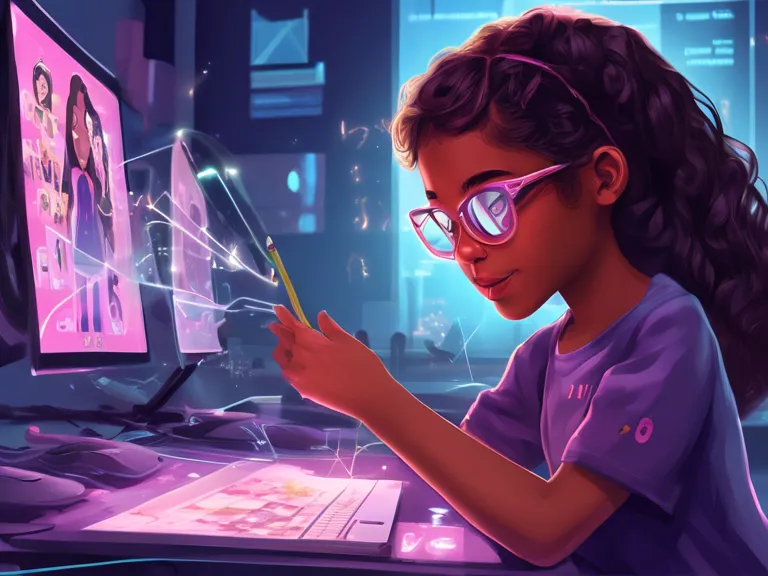
What's the deal with Empowering Girls Through STEM from a Political Perspective?
Hey, folks! So, let's dive into the world of empowering girls through STEM from a political lens. Me and my team have been looking into this, and trust me, it's kinda a big deal. Imagine a world where girls are encouraged to pursue science, technology, engineering, and mathematics (STEM), breaking stereotypes and paving the way for a more inclusive and innovative society. Gila sih, this thing can really shake up the game!
Why this matters?
Well, let me break it down for you. When we talk about empowering girls through STEM, we're not just talking about equality here (although that's a major part of it). We're talking about leveling the playing field, giving girls the tools and confidence to excel in fields that have been traditionally dominated by men, and boosting overall economic growth. Lumayan lah, right?
Pro tip: By encouraging more girls to pursue STEM fields, we're not only empowering them individually but also creating a more diverse and dynamic workforce that can tackle complex challenges from various angles. It's a win-win situation, if you ask me!
How does politics come into play?
Now, here's where things get interesting. Politics plays a crucial role in shaping policies and initiatives that support girls in STEM. From funding for STEM education programs to promoting gender equality in the workforce, policymakers have the power to influence the trajectory of girls' participation in STEM fields. So, when we talk about empowering girls through STEM, we can't ignore the political landscape.
Fun story: Did you know that some countries have specific government programs aimed at encouraging girls to pursue STEM education and careers? It's like a warung-style approach to boosting female representation in traditionally male-dominated fields. Pretty cool, right?
The road ahead
As we look to the future, it's essential for policymakers, educators, and communities to come together to support and empower girls in STEM. By breaking down barriers, providing mentorship opportunities, and creating a more inclusive environment, we can ensure that girls have the chance to thrive and make their mark in the world of STEM.
Got thoughts?
